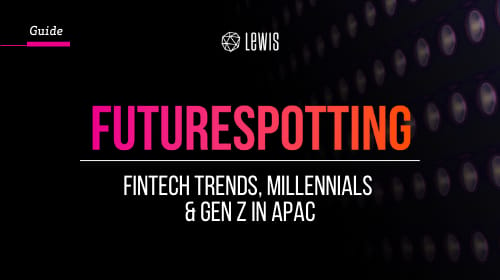Firstly, reliance on personal cars is falling as the world continues to urbanise and journeys become more fragmented thanks to a rise in ride-sharing schemes and last mile solutions. Not to mention the growth in car sharing, with companies like go2Car continuing to make a dent in the shared automobile space, making it unnecessary to even own a car.
Matthias Müller, Chief Executive at Volkswagen summed this up perfectly last year when he said: “In future, many people won’t own a car. But they can all be a Volkswagen customer in one way or another – because we will serve a much broader concept of mobility than is the case today.”
Drivers want it all. It is expected that growing digitalisation and advancements in technology will increase investments in the automotive space to $82.01 billion by 2020 – as drivers seek access to everything (e.g. music, maps, and friends) as they drive. According to Frost & Sullivan, digitalisation is transforming “the component hardware-driven automotive sector to a software and solutions-focused industry”, accelerated by demand for new and innovative services.
But digital demands extend beyond just connectivity. According to Mckinsey, consumers are also focused on active safety and ease of use – so technical features will need to meet these needs. Brands like BMW are already doing this, using Augmented Reality (AR) to help drivers better see and respond to road conditions such as weather and traffic. Manufacturers will continue to bridge gaps in connectivity by building relationships with firms that can elevate the digital experience. At CES 2019, Audi showcased Holoride, an elastic VR experience that responds to the brakes and turns of the ride and its location. Created in partnership with Disney, it claims to reduce motion sickness in play, which could be key to entertainment in self-driving cars. Elsewhere, Indian ride hailing company Ola offers riders transit entertainment through its HD in-cab console.
With 2019 being the year that 5G is rolled out in earnest, the opportunities presented by hyper-fast connectivity are well within reach. The unparalleled connectivity these networks promise will drastically redefine the capabilities of connected and autonomous vehicles (CAVs). One of the biggest implications of 5G is its ability to provide the high-speed connectivity required to power autonomous vehicles. 5G enables cars to communicate with one another, reporting position, speed and directional intent. Fast and efficient vehicle-to-vehicle (V2V) communication will be vital if autonomous or semi-autonomous vehicles are to take to the roads in future. V2V communications can also be used to improve road safety in human-controlled vehicles. Drivers can be alerted to otherwise unnoticed oncoming vehicles, with connectivity being extended to include other road hazards like bikes, scooters and potentially even pedestrians.
Pollution is still a growing consumer concern but expect transport providers to start promoting (and proving) in-transit air quality. This is a trend widely seen in stores and hotels in 2018, but in 2019 expect the vehicles that are creating pollution to market the healthy ambience of their interiors. Volvo for example has promoted its CleanZone in-car monitor for a number of years. As part of the demand for sustainability and government initiatives to tackle fuel emissions, expect to see a rise in electric vehicles. Morgan Stanley predicts that four in every five cars sold worldwide will be battery-electric by 2050. As the adoption and use of electric vehicles grows, so will the charging infrastructure with major companies like Shell and Engie putting a stake in the ground with their acquisitions of NewMotion and EVBox, respectively.
How brands can leverage these trends?
Bring the car into the path to purchase. Use 5G-connected cars’ membership of the consumer’s network of devices to incorporate it into the path to purchase. Consider how connected cars can be used to suggest location-specific purchases, or even act as the point of sale for the consumer.
Additionally, consider taking onboard entertainment to the next level. Improve the in-journey customer experience by offering compelling and immersive onboard entertainment. For instance, consider how high-speed connectivity can facilitate on-the-go streaming.
For more insights and trends, visit lws.co/futurespotting or drop us a note at [email protected].



